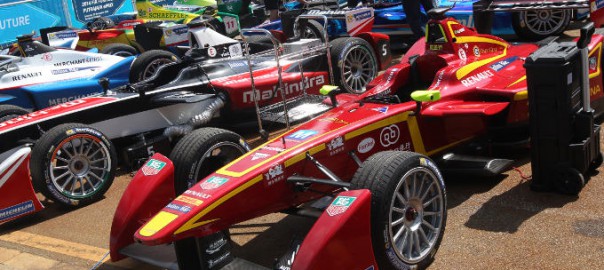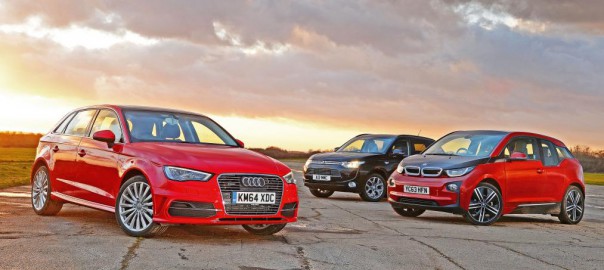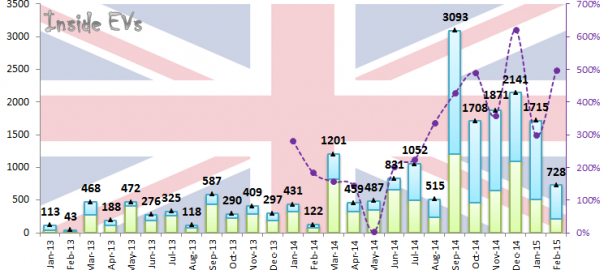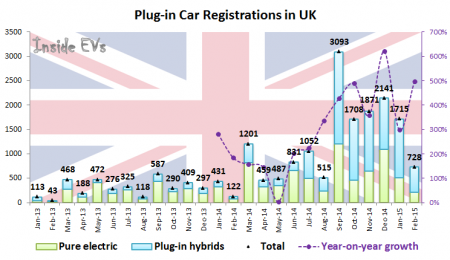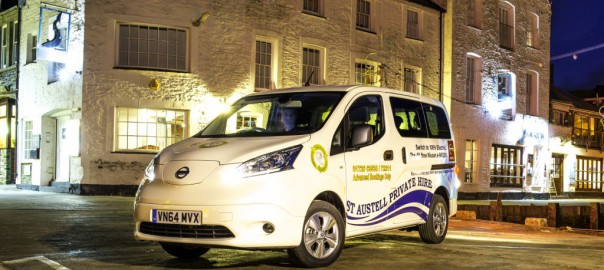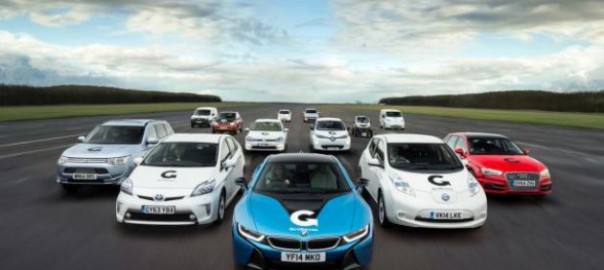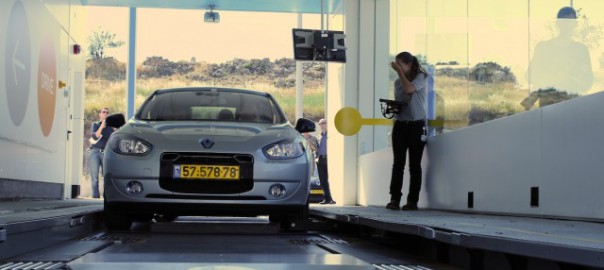An eco-town described as the UK’s “most sustainable development” is moving closer to being occupied. The first residents are expected to move into North West Bicester later this year. Planning permission has also just been granted for up to 2,600 homes in the next stage of the project.
North West Bicester (pronounced “Bister”) is one of four designated eco-towns in the UK announced by the government in 2007. The aim is to create a town that is good for the environment, good for the economy and a nice place to live.
It is also one of a handful of One Planet communities around the world. The One Planet scheme was set up by sustainability charity BioRegional. It aims to find ways for people and societies to reduce their level of consumption to an extent that is sustainable based on the amount of resources that the planet can provide.
In addition to homes that are highly sustainable, North West Bicester will offer a mix of affordable housing. Homes will be built to a minimum standard of code level 4 for Sustainable Homes and Sustainable Homes and BREEAM excellence. Residents will be able to access a community hub via mobile devices that will allows them to check car club availability, monitor energy usage and prices, check public transport information and communicate with other residents. Homes will also be future-proofed with climate change adaptation in mind.
Primary schools will be located within 800 m (2,625 ft) of all homes in the town, and jobs will be created within a sustainable travel distance. Non-car use will be encouraged, as will the use of electric vehicles where required. Town residents will benefit from specially-designed cycle and pedestrian routes, a bus service within 400 m (1,312 ft) of every home, charging points for electric vehicles and an electric car club.
A minimum level of 40 percent public and private green space is to be maintained throughout North West Bicester. There will be a focus on local food production and an aim of attaining a net gain in local bio-diversity.
The first phase of the town being constructed is called Exemplar. Once completed, it will have 393 zero carbon homes and, according to project lead A2Dominion, will be the UK’s first true zero carbon community. Among the amenities in Exemplar will be a primary school, community center, eco-pub and an eco-business and retail center.
Each home in Exemplar has been designed to remain warm in winter, but not to overheat in the summer. A combined heat and power plant will provide heat and hot water to the houses, whilst solar arrays averaging 34 sq m (366 sq ft) will be fitted to every property. This is said to be the UK’s largest residential solar array in total, capable of powering 550 homes with excess power fed back into the national grid.
The recent planning approval for new homes is for an area adjoining the Exemplar site, which will be the next major phase of the project. Of the homes built here, 30 percent will be affordable, including extra care apartments for the elderly. A new primary school with playing fields, a nursery and a sports pitch with a pavilion will also be built.
The plan also features space for a network of allotments, a country park, play areas, a community farm and a woodland burial ground. The area will have its own center with a convenience store, cafe, restaurant and shops, a public square and community hall. Other amenities will include an energy center, a GP practice, business and office provision and a place of worship.
Residents are expected to begin moving into Exemplar later this year, with the phase due for completion in 2018. A2Dominion plans to develop North West Bicester over the next 25-30 years. When complete, the town will have up to 6,000 highly energy efficient new homes.
The video below provides an introduction to North West Bicester.
Source: Giz Mag

